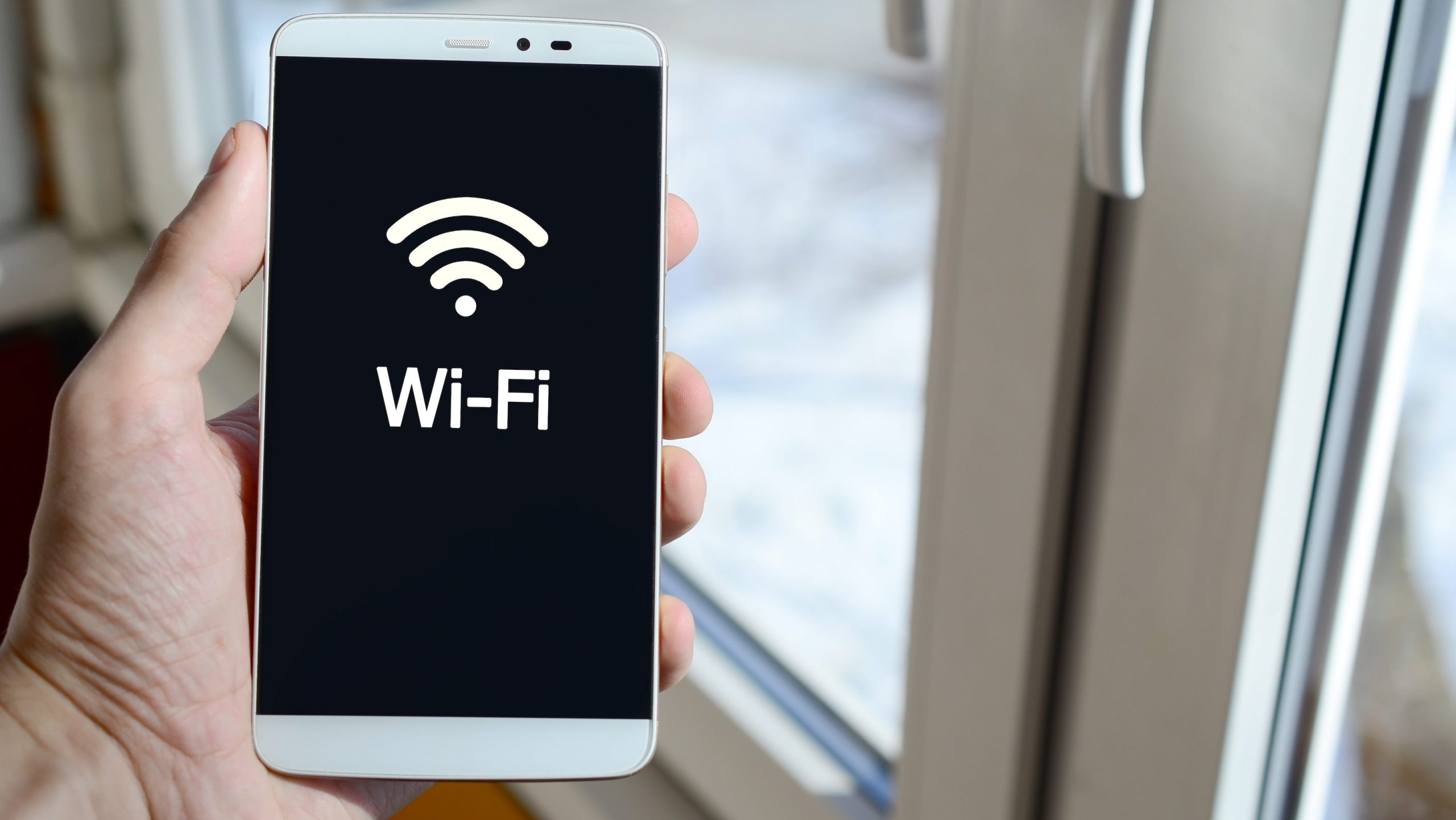
In the landscape of modern business, providing guests/customers with access to Wi-Fi is a necessity. From clients visiting an office to customers in a café – guest Wi-Fi access can significantly enhance user experience. However, setting up a guest Wi-Fi network entails much more than simply sharing a password. For IT professionals, it’s a balancing act between offering easy access and safeguarding network security. Let’s take a closer look at some of the essentials of how to set up guest Wi-Fi onboarding to ensure a secure, efficient and seamless experience for all users.
What is Guest Wi-Fi Onboarding?
Guest Wi-Fi onboarding is the process users go through before they can connect to a Wi-Fi network. This is ideally a dedicated network for visitors or customers, that is separate from the organization’s main network. From an IT professional’s perspective, this process is not just about connectivity; but also about protecting the host network’s integrity, while providing internet access to guests. Wi-Fi onboarding is a critical part of any organization’s security strategy and it is important to ensure that the process is secure, efficient and seamless for all users. This helps avoid potential security risks and ensures that guests have a positive experience when connecting to the network.
Security Considerations
Key to any guest Wi-Fi setup are robust security measures. Employing captive portals, ensuring data encryption through protocols like Secure Socket Layers (SSL), and implementing network access control can significantly minimize risks. The goal is not just to provide access but to ensure your internal network remains impenetrable.
Best Practices for Secure Guest Wi-Fi Onboarding
Implementing a guest Wi-Fi system that is secure yet user-friendly requires planning and execution. The following best practices can aid in setting up an efficient and secure guest Wi-Fi network.
1. Implement Network Segmentation
Keep your guest Wi-Fi network separate from your internal network. You can do this by creating a separate VLAN for your guest Wi-Fi and configuring it with its own DHCP server, DNS server, and gateway. Use strong passwords for all devices on your guest Wi-Fi network, including routers, access points, and switches. And enable MAC filtering on the host network to restrict access to only those devices whose MAC addresses are on a whitelist. These steps can ensure that any threats over the guest network don’t impact your organization’s data.
2. Use a Captive Portal
A captive portal enhances security by requiring guests to agree to terms of service, register, or authenticate before accessing the internet. This can help prevent unauthorized users from accessing your network and data. and also allows you to track who is using your network, which can be helpful if there’s an issue with security.
Captive portals are often used in hotels, airports, and other public places. They can also be used by businesses and are especially useful if you have a lot of guests who are not employees. The captive portal can also be used to provide additional information about the network, such as how long it will be available or what types of devices are supported.
3. Limit User Bandwidth
To prevent network abuse, it’s prudent to set limits on the bandwidth available to guest users. This can be done by setting up a QoS (Quality of Service) policy on your router or access point. QoS policies allow you to prioritize certain types of traffic over others, which can help ensure that your network is always available for business use. For example, you might want to give priority to VoIP calls and video conferencing so that they don’t suffer from lag or dropped packets.
Limiting bandwidth ensures that the network is not slowed down by anyone using a lot of data. You can set limits on the amount of data that each user can download or upload, as well as the speed at which they can do so. This ensures that your organization’s operations receives the bandwidth it requires.
4. Regular Software Updates and Network Monitoring
Regularly update your Wi-Fi hardware’s firmware and monitor the guest network. This will help to ensure that your network is secure and that it remains up-to-date with the latest security patches. You should also monitor the guest network for any unusual activity, such as an increase in traffic or a spike in data usage. This can be done using monitoring software or by checking logs on your router. Investigating anything suspicious immediately, will help you identify security vulnerabilities. Regular software updates of devices including laptops, tablets and smartphones is also essential in mitigating potential security threats promptly.
Choosing the Right Tools for Guest Wi-Fi Onboarding
Selecting the appropriate tools and software is crucial for secure guest Wi-Fi onboarding. Cisco Spaces is one such solution that offers ease of use, robust security features, and compatibility with your existing Cisco network infrastructure. With Spaces, you can enable multiple onboarding options such as Captive Portals and OpenRoaming.
Learn more about secure guest Wi-Fi onboarding by Cisco Spaces.


